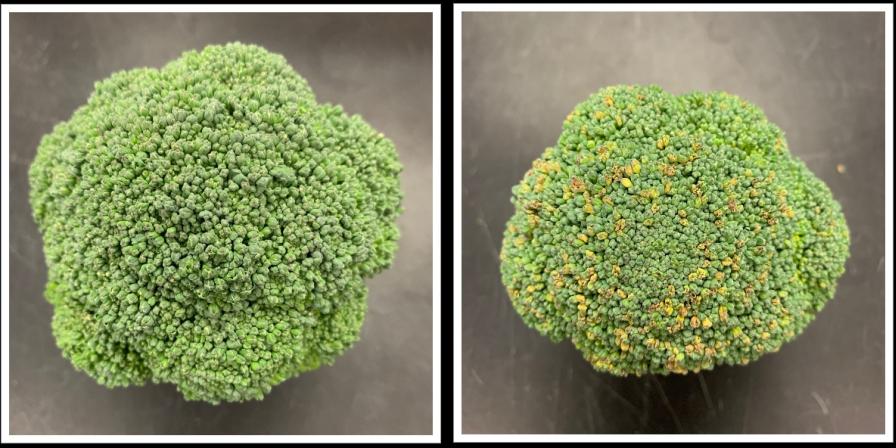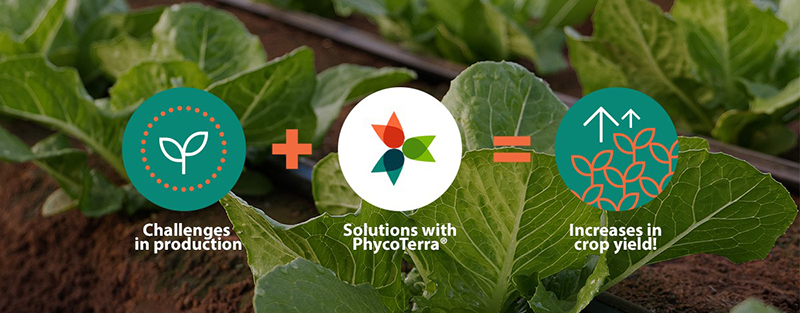How a Peek Inside Broccoli Genes Might Help Solve Food Waste Plight

One day, broccoli can look fresh. The next day, its shelf life can take a turn for the worst. New research that uncovers answers from the genes in broccoli could help develop a quick and easy freshness test for produce.
Photos by Tie Liu
Right now, there is no objective way to predict the shelf life of a given piece of produce. A recent discovery, however, might change the game. Food crop researchers have identified genes in broccoli that regulate how the Brassica degrades after it’s harvested.
A study published in the journal Postharvest Biology and Technology from a team of scientists at the University of Florida, Kansas State University, and Virginia Tech offers new insights into not only what makes this freshness clock tick, but also how to slow it down.
“When produce arrives at a supermarket distribution center, for example, there is no objective way to measure how fresh that product is or what its shelf life will be,” says Jeff Brecht, UF/IFAS Professor and one of the study’s co-authors. “The people receiving the produce can only judge by how something looks.”
Judged just by looks, broccoli can be hard to assess. It can look great one day and go bad the next. “At the end of the broccoli’s shelf life, the change can be very fast,” Brecht explains.
To understand what causes this transformation, the researchers investigated the genes responsible for the molecular changes inside broccoli as it ages.
“With this research, one of our goals is ultimately to develop a quick test that would measure how fresh the produce is, based on which genes are being expressed,” says Tie Liu, UF/IFAS Assistant Professor and the study’s senior author.
The researchers say improving the freshness of produce is one piece of solving a larger problem: food waste. Armed with the knowledge of how fresh the produce is, handlers can adjust how they distribute different lots so that consumers are always getting produce of the highest possible freshness and quality.
When the researchers talk about freshness, they are referring to produce’s physiological age—that is, how old it is at the level of cells and molecules.
“A lot of people don’t realize that fruits and vegetables are still alive after you harvest them,” Liu says. “But, harvesting them unleashes a chain of chemical reactions that causes them to age more quickly.”
This aging process is called senescence, and the new study identifies the genes involved in broccoli senescence. These genes are aptly named SAGs, or senescence associated genes.
More research is needed to understand to what degree different SAGs contribute to senescence. However, what the researchers learn about broccoli could be applied to other crops, the researchers said.
“Broccoli is actually just a cultivated variety of a single species from which we get other crops like cabbage, Brussels sprouts, and kale. So, what we learn about broccoli is likely true of these crops as well,” Brecht says.
For more, continue reading at blogs.ifas.ufl.edu.









